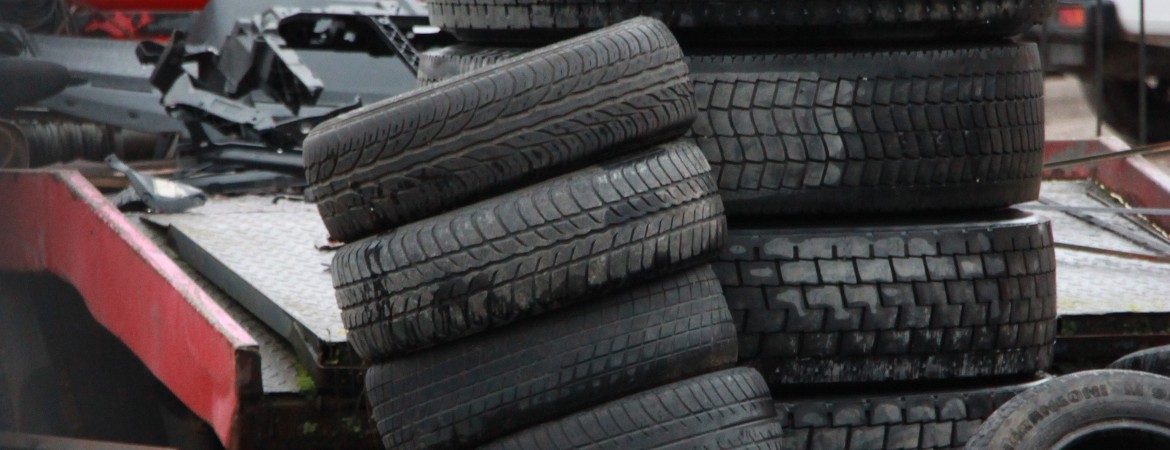Mechanochemical Devulcanization
Reclaim rubber is traditionally produced using thermochemical devulcanization, which relies on:
- High temperature (e.g. 170⁰C)
- Elevated pressures (e.g. 5 bar)
- Solvents, derived from petroleum
- Devulcanizing agents with toxic properties, such as polyaromatic polysulfides
JSC „Gumos technologijos“ has developed and licensed a new process of rubber devulcanization. A stream of crumb rubber is devulcanized mechanochemically by converting it into Reclaim Rubber Powder (RRP) or Reclaim Rubber Material (RRM):
- Mechanical shear creates intramolecular stresses in –S–S– crosslinks between polymer chains;
- Chemical compounds of the devulcanizing agent promote delocalization of the –S–S– crosslinks;
- Aggregation of rubber particles is inhibited, therefore progressively smaller rubber particles are produced during the shear process;
- In case of processing tread buffings the yield of devulcanized RRP (finer than 20 Mesh) can exceed 90%;
- All incoming crumb rubber can be converted into RRM;
- Excess of the devulcanizing agent can be removed by conventional drying methods. In most cases after optimizing the processing parameters this operation becomes not necessary.
- RRP and RRM surfaces are highly activated, i.e. their porosity and roughness increase the surface area very significantly;
- Equipment for mechanochemical devulcanization does not have to be very unique. Conventional devices, widely used in rubber industry, can be adapted and retro-fitted to achieve necessary mechanical shear parameters.
Rubber crumb production from ELT
Traditional methods of mechanical manufacture of Ground Tire Rubber or similar types of crumb rubber usually require significant energy resources along with large equipment installation and maintenance. JSC “Gumos technologijos” offers an alternative, based on End of Life Tire (ELT) treatment in reactive gas atmosphere. During this process, crumb rubber can be separated from tire beads, cords and plastics with much less energy. JSC “Gumos technologijos” tested a custom-built shredder, which could separate more than 90% of all rubber contained in ELT into crumbs. The obtained rubber crumbs could be directly used as a raw material for mechanochemical devulcanization. In a two stage process, which utilizes the reactive gas atmosphere and mechanochemical devulcanization, several times lower energy resources and much less mechanical processing were necessary to obtain rubber powder compared to traditional mechanical shredding.



